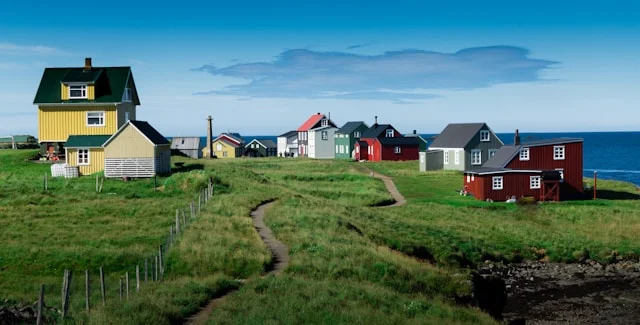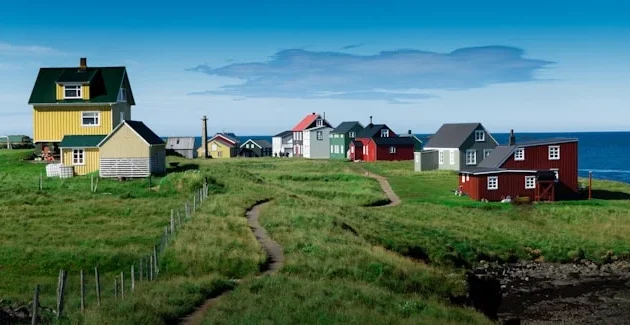
Iceland, a land of stunning contrasts and natural beauty, is a destination like no other. From its dramatic landscapes to its vibrant culture, Iceland offers a wealth of experiences for travelers looking to immerse themselves in the wonders of nature.
1. Reykjavik: The Charming Capital
Reykjavik, Iceland’s capital city, is a charming blend of old-world charm and modern sophistication. The iconic Hallgrimskirkja Church, with its striking architecture and panoramic views from the top, is a must-visit. The Sun Voyager, a sculpture located along the waterfront, is a symbol of adventure and discovery. The Harpa Concert Hall, with its stunning glass facade, is a hub of cultural activity and a must-visit for music lovers.
2. The Golden Circle: Nature’s Wonders
The Golden Circle is a popular tourist route that takes visitors to some of Iceland’s most famous natural attractions. Thingvellir National Park, a UNESCO World Heritage Site, is home to the Althing, the world’s oldest existing parliament. The Geysir Geothermal Area is known for its geysers, including the famous Strokkur, which erupts every few minutes. Gullfoss Waterfall, known as the “Golden Falls,” is a breathtaking sight to behold.
3. The Blue Lagoon: A Relaxing Escape
The Blue Lagoon is a geothermal spa located in a lava field in Grindavik, southwest Iceland. The spa is known for its warm, mineral-rich waters, which are said to have healing properties. Visitors can relax in the milky-blue waters, enjoy a silica mud mask, and take in the stunning surroundings.
4. Icelandic Cuisine: A Taste of Tradition
Icelandic cuisine is known for its simplicity and use of fresh, local ingredients. Skyr, a thick and creamy yogurt-like dairy product, is a staple of the Icelandic diet. Icelandic lamb is prized for its tender meat and unique flavor. Fermented shark, known as hakarl, is a traditional Icelandic dish that is an acquired taste for many visitors.
5. Northern Lights: A Celestial Spectacle
The Northern Lights, or Aurora Borealis, are a natural light display that occurs in the polar regions. Iceland is one of the best places in the world to view this spectacular phenomenon. The best time to see the Northern Lights in Iceland is during the winter months, when the nights are long and dark.

6. Icelandic Sagas: Tales of Old
Icelandic sagas are a collection of medieval stories that were written in Iceland between the 12th and 14th centuries. These sagas are an important part of Iceland’s literary heritage and offer a glimpse into the country’s rich history and culture. Visitors can learn more about the sagas by visiting museums and exhibitions dedicated to this literary genre.
7. Icelandic Wildlife: Discovering Unique Species
Iceland is home to a variety of unique wildlife species that have adapted to the country’s harsh climate. Icelandic horses are known for their small size, sturdy build, and friendly demeanor. Puffins, with their colorful beaks and distinctive waddling walk, are a common sight along Iceland’s coastal cliffs. Arctic foxes, with their thick fur coats and bushy tails, are well-adapted to the cold Arctic conditions.
Iceland is a land of extraordinary beauty and natural wonders, with a culture that is as rich and vibrant as its landscapes. Whether you’re exploring the streets of Reykjavik, soaking in the Blue Lagoon, or chasing the Northern Lights, Iceland is sure to leave you with memories that will last a lifetime.